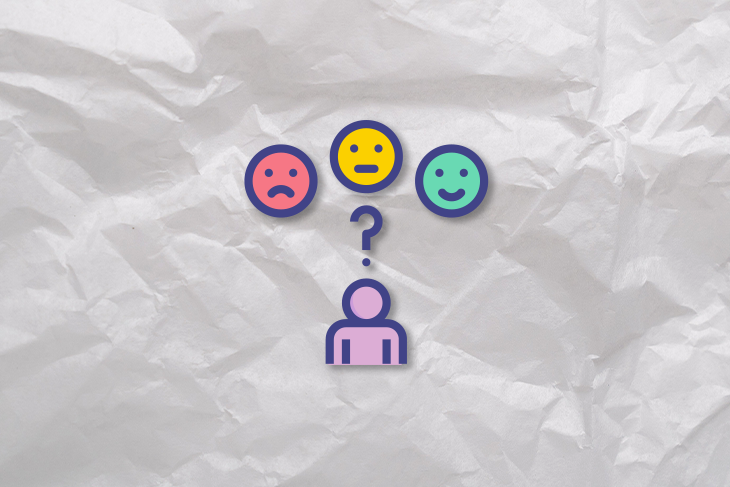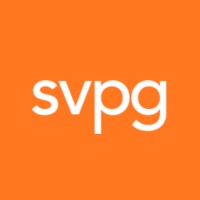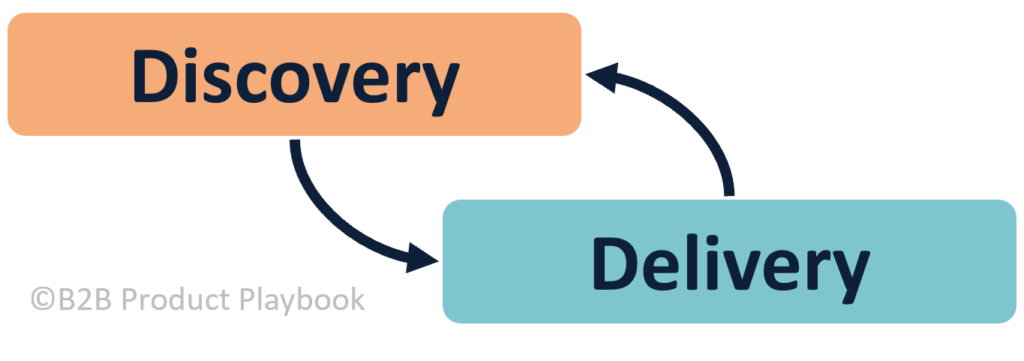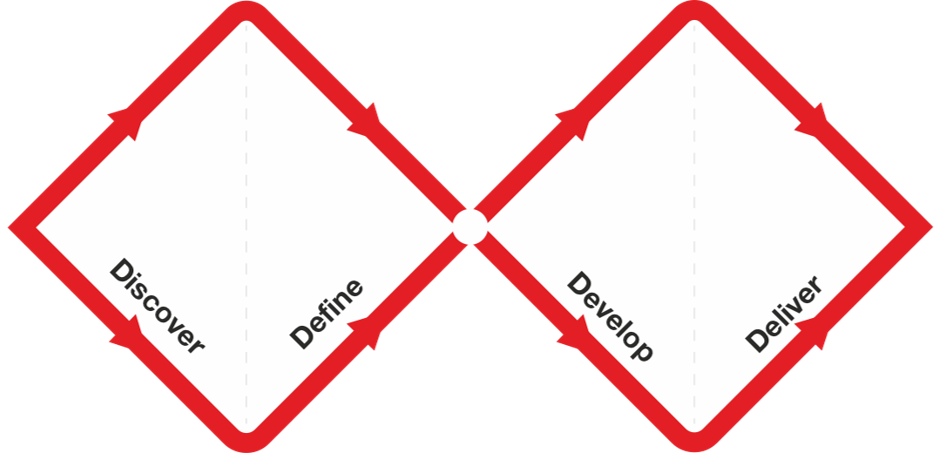Extended Double Diamond: Process Overview
In part 3 of this playbook, we will describe the Product Management process that we have successfully applied in multiple companies. We will start with an overview of the complete process now and drill down into each phase in subsequent chapters.
Many Frameworks Focus Either on Discovery or Delivery
Scrum is purposefully incomplete.
Maarten Dalmijn
This is probably due to the different audiences: Product Delivery is typically addressed by Engineering leaders who are also accountable for efficient software engineering processes. By contrast, Product Discovery is most often discussed by Product Management leaders, designers, or UX researchers.
A Roadmap Translates Vision to Reality
When there are so many misunderstandings and misconceptions, why do we need roadmaps at all?
Extended Double Diamond Inherits from Two Models
To achieve this alignment, we borrow from two popular models:
Secondly, Double Diamond is a design process that consists of four phases originally called: discover, define, develop, and deliver. However, the final phase, Deliver, is actually described as:
…testing out different solutions at small-scale, rejecting those that will not work and improving the ones that will.
Instead, when we refer to Product Delivery, we think of building highly scalable, robust, and mature solutions.
Extended Double Diamond at a Glance
The following illustration gives an overview of the complete process. The Double Diamond is immediately visible, and the color-coding indicates aspects of Dual Track Agile:
The following chapters of this playbook will provide details for every single phase, including relevant tools and frameworks. For now, let’s only quickly describe them here:
Idea Collection
Collect ideas wherever they might come from.
Problem Discovery
Dive into problem space and understand the problems of customers.
Problem Definition
Prioritize and select the most important problems to tackle next.
Solution Discovery
Explore feasible solutions to solve the selected problems.
Solution Validation
Select the most promising solutions and create a plan.
Delivery
Build the solution.
Distribution
Ship to customers and onboard users.
Retrospective
Learn how to improve as an organization.
Important Aspects of the Extended Double Diamond
It’s not a Straight Sequence but a Series of Non-Linear Iterations
For illustration, the picture shows a straight left-to-right process. In reality, teams will cycle through this process and continuously work on their ideas. Adaptable Product Discovery very nicely depicts this loop.
Even worse, Product Management isn’t like clockwork. Teams cannot blindly follow from one step to the next. In particular, during the early phases of the model, they will go back and forth a lot:
Different Teams are Accountable at Different Stages
As the color-coding suggests, the first half is all about Product Discovery as owned by Product Management while Engineering is accountable for Product Delivery. During Distribution, many other teams might get involved, too, and for the Retrospective dedicated coaches are often employed.
Tear Down the Walls
Focus on Value, not Features
- The product may get optimized and polished based on the learnings from early adopter customers.
- The availability of a product or feature might be extended from early access to limited availability to general roll-out.
- Onboarding of users is addressed, including pieces of training, product guides, or migration aspects.
Shallow on Engineering
This is a Product Management playbook. Consequently, we mention the Product Delivery part here, we will see how the Engineering team should be involved throughout the process. But we will not touch on the details of Engineering Management or Software Engineering.
Further Reading


Discovery vs. Delivery
Most of us are working on solving some pretty hard problems, and it usually ends up taking some fairly complex systems in order to power these solutions. As such, for most teams there are two very significant challenges to tackle.
Product Management: Product Discovery and Delivery
Here is a step by step process to create roadmaps so you can influence anyone in your company like a true Jedi.





